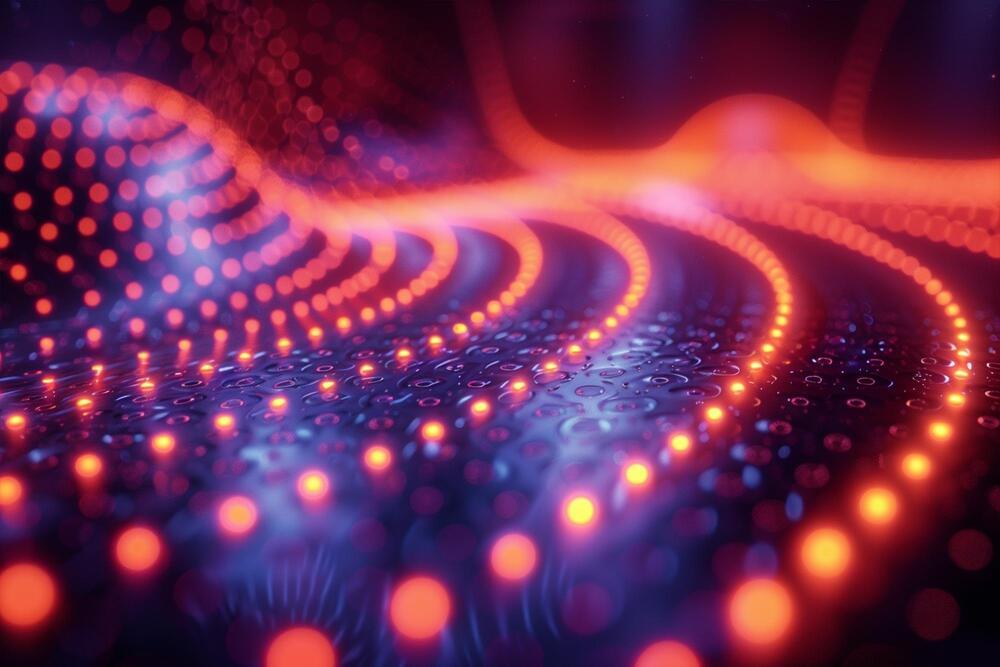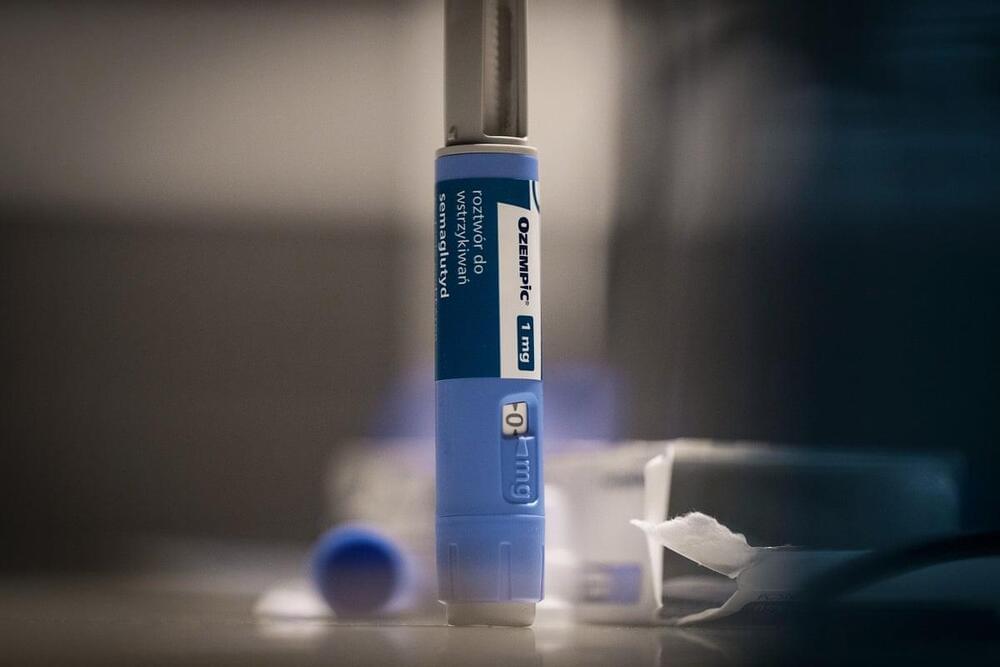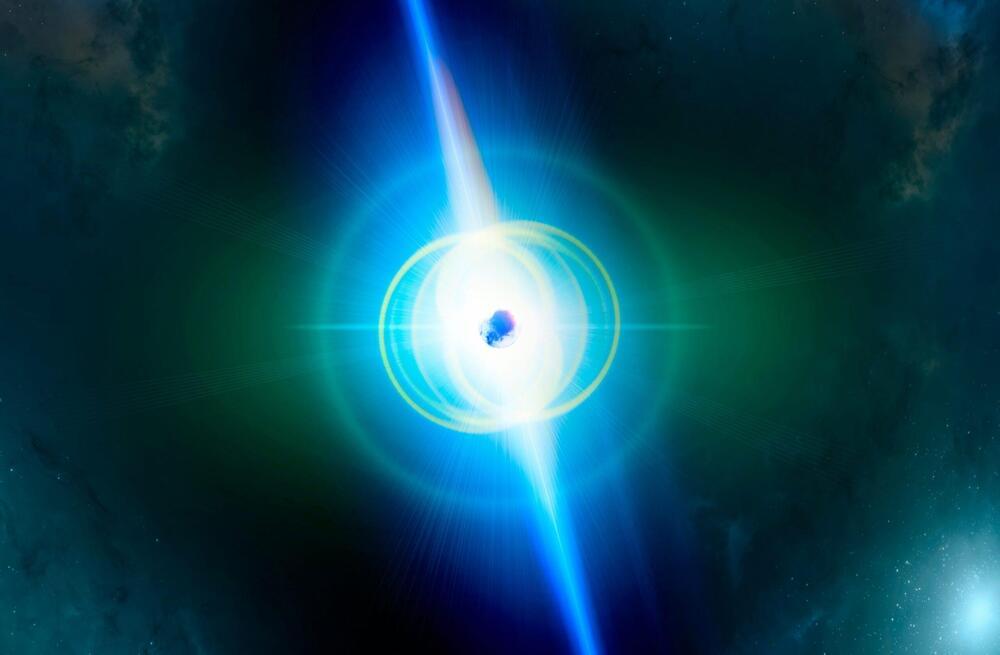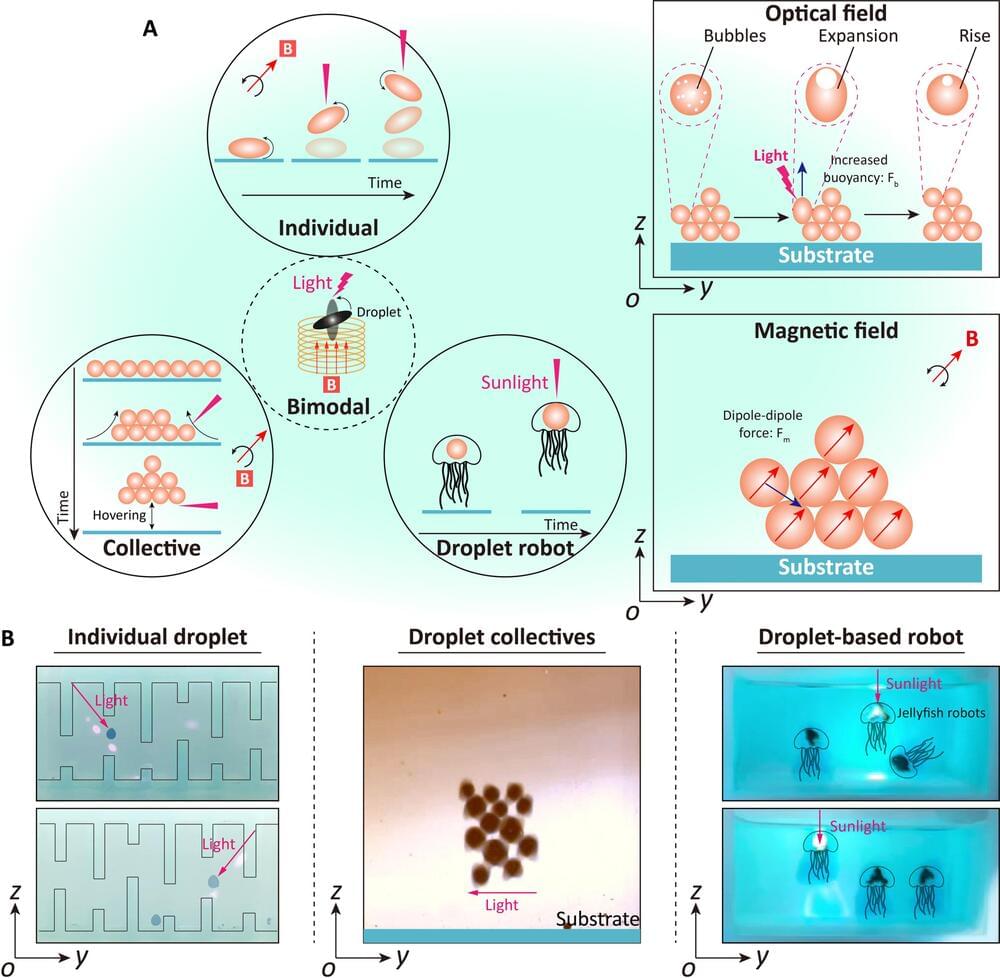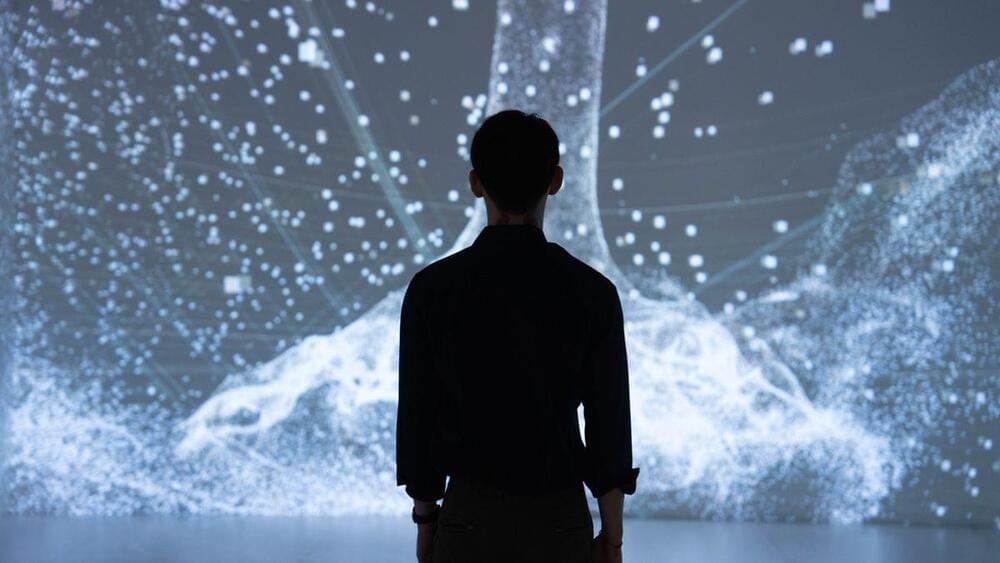This video explores the 10 hypothetical stages of AI and their impact on humanity. Watch this next video about 20 emerging technologies of the future: • 20 Emerging Technologies That Will Ch…
🎁 5 Free ChatGPT Prompts To Become a Superhuman: https://bit.ly/3Oka9FM
✨ Join This Channel: / @futurebusinesstech.
SOURCES:
• / whats-next-ai-10-stages-igor-van-gemert.
• The Singularity Is Near: When Humans Transcend Biology (Ray Kurzweil): https://amzn.to/3ftOhXI
💡 Future Business Tech explores AI, emerging technologies, and future technologies.
SUBSCRIBE: https://bit.ly/3geLDGO
Disclaimer:
